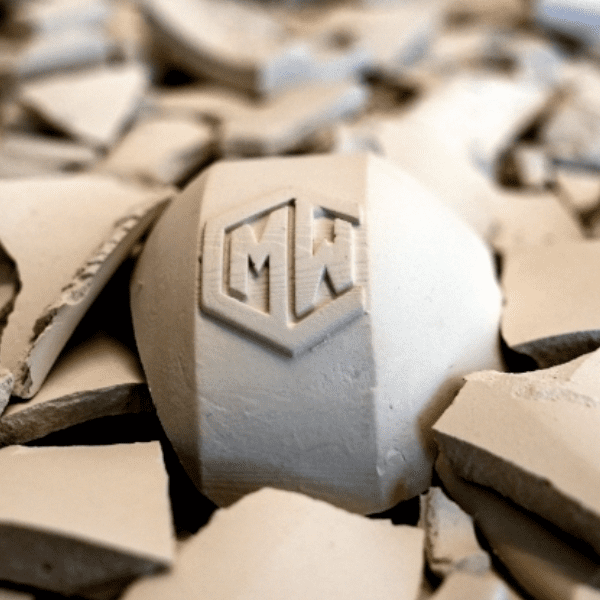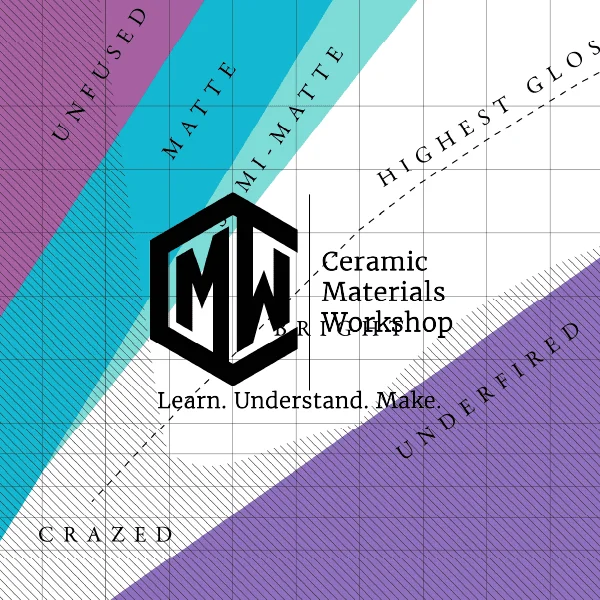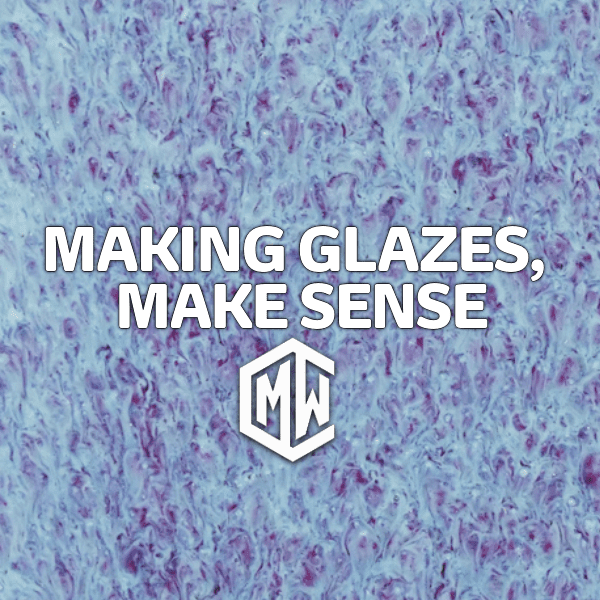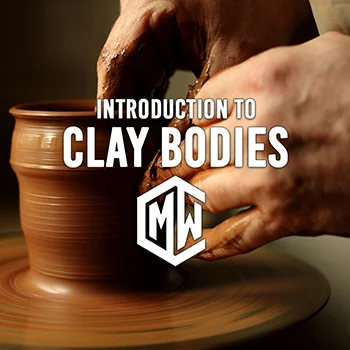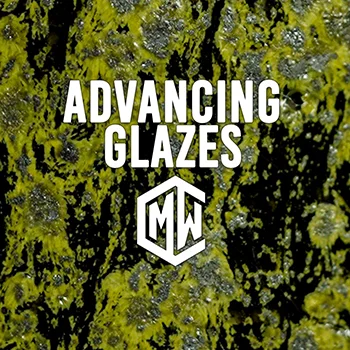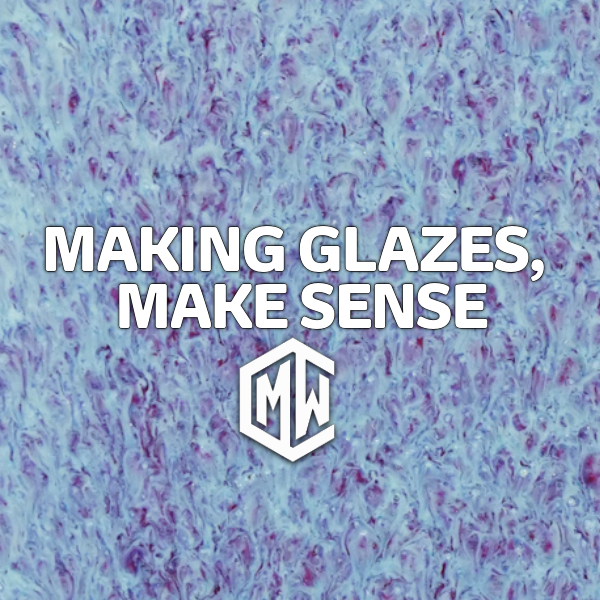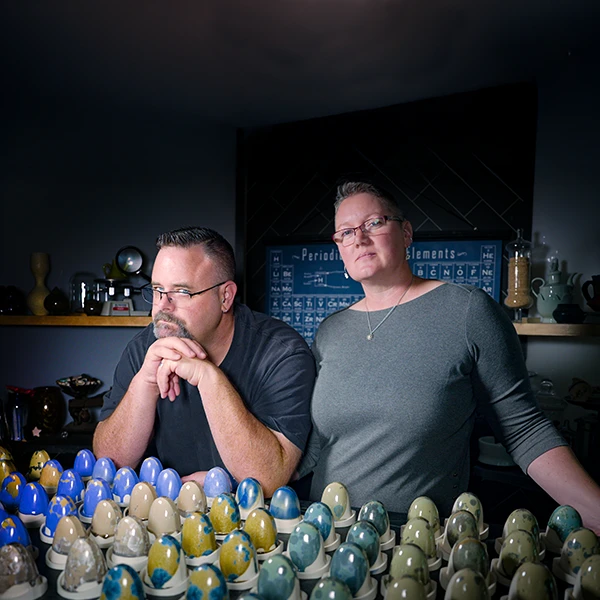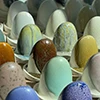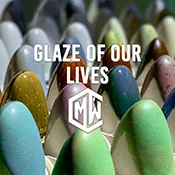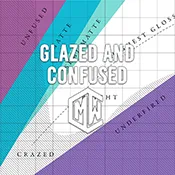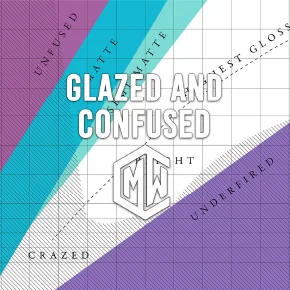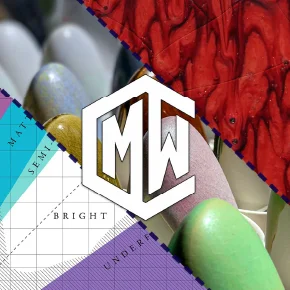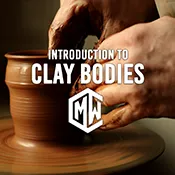For years, a persistent myth has circulated in the ceramics world: that clay and crystalline glazes are incompatible. Many potters believe that adding clay to a crystalline glaze recipe will stifle those beautiful, shimmering crystals, leaving you with a dull, lifeless surface.
Well, get ready to shatter that myth!
Not only can clay and crystalline glazes coexist peacefully, they can actually enhance each other, leading to stunning and unique results.
The Science Behind It
First, let’s delve into the science behind these mesmerizing glazes. Crystalline glazes get their characteristic shimmer from zinc oxide, a special ingredient that acts as a flux in the glaze. When fired correctly, this zinc oxide encourages the growth of delicate crystals on the surface of your pottery, creating a dazzling display of color and texture.
So, where does the misconception about clay come from? It likely stems from the fact that clay can affect the viscosity and melting point of a glaze. However, with careful formulation and a good understanding of glaze chemistry, clay can be incorporated into crystalline glazes without hindering crystal growth.
Still confused and don’t have time to watch a video? Listen to CMW’s Podcast, For Flux Sake, Episode 42: How do Crystalline Glazes work?
Key Factors Influencing Crystallization
Several factors can influence whether a glaze with clay will crystallize:
- Clay content: The amount of clay used in the glaze can impact crystallization. But how it is used in the overall chemistry is the real complication..
- Firing temperature: The temperature at which the glaze is fired is crucial. Too low, and the glaze will over crystallize; too high, and the glaze will not be able to form any crystals. (But I need help understanding my Thermocouples!)
- Cooling: Controlling the cooling of the kiln affects crystal size and formation. Precise cooling temperature holds promote larger, more defined crystals.
- Application: Crystalline glazes need to have a very precise application for the best results
I’m a beginner but I want to try using a Crystalline Glaze!
Examples of Crystalline Glazes with Clay
Don’t just take our word for it. Countless potters have successfully incorporated clay into their crystalline glazes, creating breathtaking works of art. Here are a few examples:
Glaze with 22.16% Clay: This glaze, with a surprisingly high clay content, shows off stunning crystallization.

Glaze with 9.53% Clay: Even with a significant amount of clay, this glaze still produces beautiful crystals.

Glaze with 24.35% Clay: This recipe uses both regular kaolin and calcined kaolin, proving that clay can be used in various forms in crystalline glazes.

Unleash Your Crystalline Creativity
The takeaway? Don’t be afraid to experiment with clay in your crystalline glazes! By understanding the factors that influence crystal growth and embracing careful formulation, you can achieve amazing results.
Ahh! I’m still nervous to try! How can I avoid common mistakes?
Unleash the magic of crystalline glazes! ✨ Ceramic Materials Workshop’s Crystal Ball course demystifies glaze chemistry and application, empowering you to create stunning crystalline masterpieces.
Watch the video below for a free sample lesson and start your journey to ceramic mastery!
Ready to dive deeper?
Loved learning about ceramic glazes? Want to go even deeper? Check out our Workshops & Courses, now available in Spanish, or YouTube Channel where Matt breaks it all down, myth-busting and Stull chart included!



